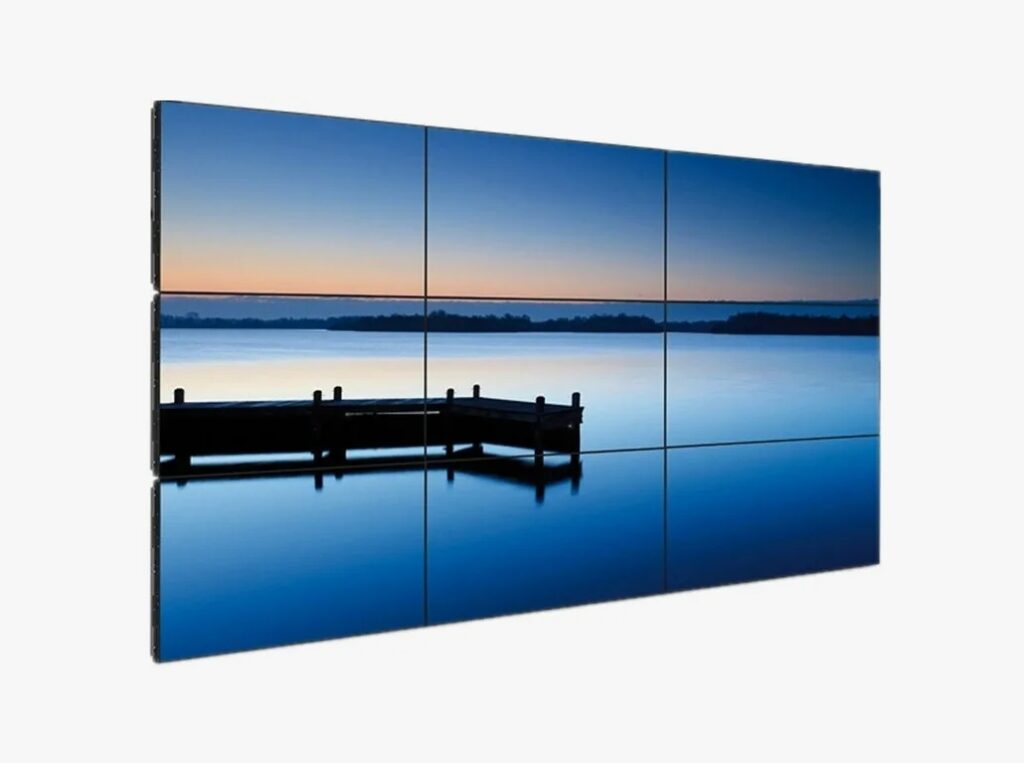Contents
- LCD Displays
- LED Displays
- OLED Displays
- Comparison and Selection
- Conclusion
Introduction:
In modern display technology, LCD, LED, and OLED are three common types of displays. Each has its own advantages and features, suitable for different application scenarios and requirements. Understanding the differences between them can help you make a more informed choice.

LCD Displays:
LCD, or Liquid Crystal Display, is a mature display technology widely used in televisions, computer monitors, and mobile phones. It controls light transmission through a liquid crystal layer and uses a backlight to display images. The advantages of LCDs are lower cost and mature technology, but they typically offer less contrast and color saturation compared to LED and OLED. Learn about the seven major differences between LED and LCD panels.
Advantages:
- Lower cost, making it the most economical choice among the three technologies.
- Mature technology with a wide range of products to choose from.
- Relatively low power consumption, making it environmentally friendly.
Limitations:
- Contrast and color saturation may be limited by the backlight technology.
- Viewing angles can be limited, with potential color distortion when viewed from the side.

LED Displays:
LED displays, also known as LED-backlit displays, use Light Emitting Diodes as a backlight source. Compared to traditional LCDs, LED displays offer higher brightness, better color performance, and lower power consumption. LED displays have a long lifespan, making them suitable for outdoor advertising and large display applications. However, the cost of LED displays is generally higher than traditional LCDs. Here are the price ranges for commercial LED displays.
Advantages:
- Higher brightness and more vivid colors.
- More energy-efficient than CCFL backlit LCDs.
- Long lifespan with low maintenance costs.
Limitations:
- Local dimming technology, while improving contrast, may still exhibit a “halo” effect in some cases.
- Higher cost compared to basic LCD screens.

OLED Displays:
OLED, or Organic Light Emitting Diode, is a self-emissive display technology. Each pixel can emit its own light, which means OLED displays can achieve true blacks, offering extremely high contrast and color saturation. OLED displays have fast response times, making them suitable for fast-moving images, such as in high-end TVs and smartphones. However, OLEDs have a relatively shorter lifespan and higher costs. Which is more suitable for your project, Micro LED or OLED?
Advantages:
- Strong color performance and extremely high contrast with true blacks.
- Wide viewing angles with consistent color and brightness from any angle.
- Fast response times, suitable for high-speed dynamic image display.
- Thin, lightweight, and flexible, allowing for curved or bendable screens.
Limitations:
- Higher manufacturing costs, resulting in relatively expensive prices.
- Risk of burn-in when displaying static images for long periods.
- Shorter lifespan compared to LCD or LED-backlit LCDs, although this issue is continuously improving.
Comparison and Selection:
- Cost: LCDs are typically the least expensive, followed by LEDs and OLEDs, with OLEDs usually being the most costly.
- Color and Contrast: OLEDs offer the best color saturation and contrast, followed by LEDs, with LCDs being relatively lower.
- Power Consumption: LEDs and OLEDs are more energy-efficient due to their self-emissive properties, especially when displaying dark or black content.
- Lifespan: LCDs and LEDs generally have longer lifespans, while OLEDs have relatively shorter lifespans.
- Application Scenarios: LCDs are suitable for cost-sensitive applications, LEDs are ideal for high brightness and long lifespan outdoor or large displays, and OLEDs are perfect for high-end markets with high image quality demands.
Conclusion:
Choosing the right display depends on your specific needs and budget. If you seek the highest image quality and color performance, OLED is the best choice. If you need a cost-effective, mature technology solution, LCD is a good option. For a high brightness, long lifespan display, LED displays are ideal.
Before making a decision, consider the specific usage environment, budget constraints, and display performance requirements. As professional LED display sales consultants, we are ready to provide you with more information and advice to help you make the best choice.
Through this article, we aim to comprehensively and clearly introduce the characteristics and application scenarios of LCD, LED, and OLED displays to our customers, helping them make informed decisions based on their needs.





